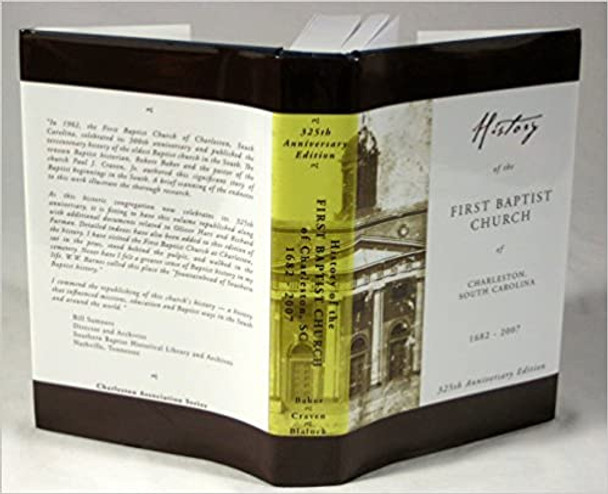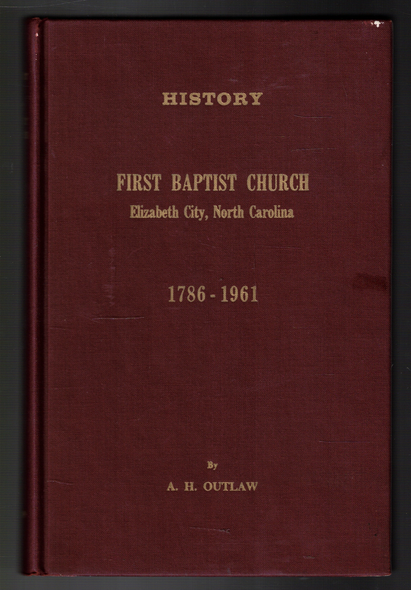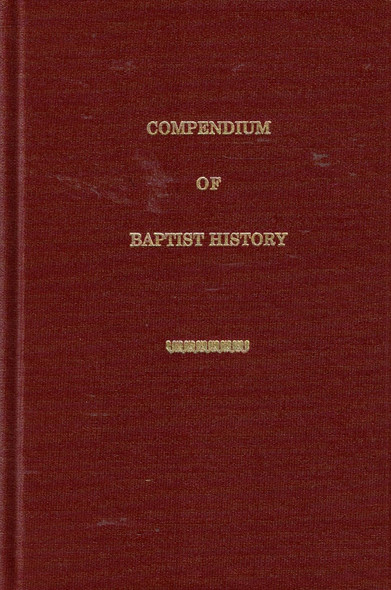Ronert Baker
History of the First Baptist Church of Charleston, SC
- UPC:
- 9781888514285
- Condition:
- New
Description
325th Anniversary Edition First Baptist Church, Charleston, is the oldest Baptist church in the South and, in the view of many, the most influential single church in the development of the people who came to be called Southern Baptists. Here is the story of that church and her influence on Southern Baptist theology, missions, education, women’s work, and organization.
In 1700, First Baptist Church adopted in substance the Second London Confession of Faith of 1677/1689. The evangelistic Calvinism which has and still characterizes many Southern Baptists can be seen in First Baptist Church. Early in its history First Baptist Church reached out in associational and home mission efforts. With the Charleston Baptist Association, the church commissioned John Rooker as a local missionary to the Catawba Indians and later made substantial contributions to the work of William Carey in India, thus setting a priority that has also been characteristic of Southern Baptists.
Under the leadership of Richard Furman, Furman University grew out of the work of the church. One of the primary motivations for this was recognition of the need for educated Christian leaders. Furman is the oldest Baptist college in the South and became both an inspiration for and pattern of Christian higher education throughout the South. Two pastors of the church were among the four men who founded The Southern Baptist Theological Seminary, and one of the church’s members, James P. Boyce, became president of the new school as well as the principal systematic theologian among Southern Baptists.
Both the Charleston Baptist Association (1751) and the South Carolina State Baptist Convention (1821) grew out of the church, thus establishing patterns of Baptist organization that exist today. By Robert A. Baker, Paul J. Craven and Marshall Blalock. Cloth bound, new full index, illustrations, dust jacket. 652 pages.




![In Every Good Work: A History of First Baptist Church, Greensboro, North Carolina [Hardcover] Scott P. Culclasure In Every Good Work: A History of First Baptist Church, Greensboro, North Carolina [Hardcover] Scott P. Culclasure](https://cdn11.bigcommerce.com/s-dohe6igq81/images/stencil/590x590/products/35651/53623/64aaf134-fd83-409d-b750-a27f5d48d62b__36126.1694463943.png?c=2)

